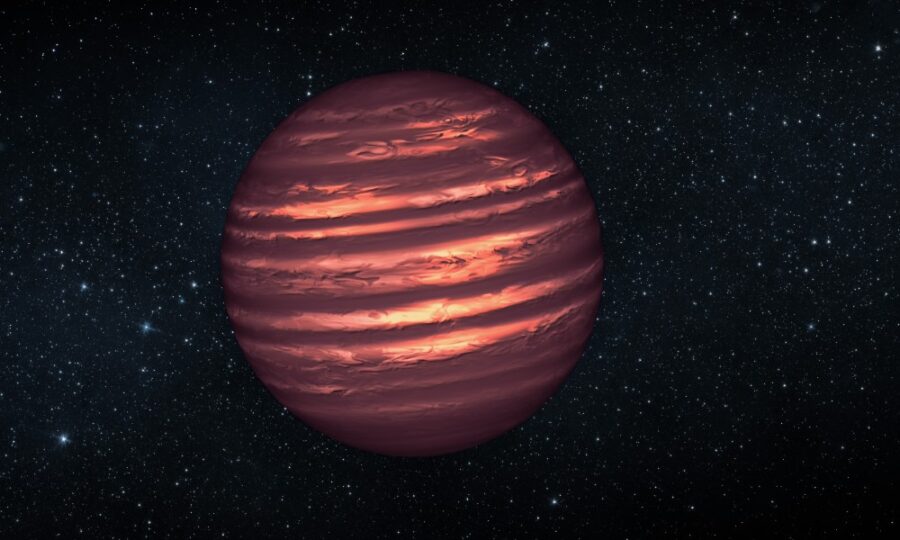Astronomers recently found a brown dwarf star that is unable to produce nuclear fusion in its core, making it a failed star. However, because the brown dwarf star is located near a white dwarf star, it is much hotter than our sun, reaching temperatures of 3,600 degrees Fahrenheit or 2,000 degrees in Celsius.

New Discovery: Astronomers Finds Brown Dwarf Star 2000 Degrees Celsius Hotter Than The Sun|Curiocial
A brown dwarf star does not qualify as a star, but also it is too big to be considered as a planet.
The brown dwarf star is located at about 1,400 light-years from Earth and orbits a white dwarf. White dwarfs refer to heavenly bodies that are cooling remnants of sun-like stars that ran out of fuel at the end of their stellar lives.
A Brown dwarf star is an interesting celestial object that is not quite a star or a planet. A Brown dwarf star does not have enough mass to undergo nuclear fusion like stars, but are bigger than planets. A recent study focused on an unusually hot brown dwarf star, which is about 75 to 88 times the mass of Jupiter, the largest planet in our solar system.
The newly discovered brown dwarf star was named WD 0032-317B. The brown dwarf star has a surface temperature of over 12,600 degrees F or 7,000 degrees in Celcius, making it the hottest brown dwarf star ever observed.
ALSO READ|2023 Had The Warmest July Weather After Over 170 Years; Know More!
The newly discovered brown dwarf star is over 2,000 degrees Fahrenheit hotter than the surface of the sun, which normally reaches a temperature of approximately 9,900 degrees Fahrenheit or 5,500 degrees in Celsius.
What makes this newly discovered brown dwarf star unique is its hotness as normally a brown dwarf star, while hotter than planets, is still cooler than the coolest red dwarf stars. A brown dwarf star cannot produce the same level of heat as the Sun through their internal fusion engines, according to Science Alert.
Science Alert added that an international team led by astrophysicist Na’ama Hallakoun of the Weizmann Institute of Science in Israel was the ones who named the newly discovered brown dwarf star.
The said discovery of the brown dwarf star can help scientists enhance our knowledge of gas giants like Jupiter that orbit around very hot, massive stars.
Observing these gas giants can be challenging because the stars have unique properties like high activity and fast rotation.
READ MORE|Record-breaking ‘failed’ star orbiting stellar corpse is 2,000 degrees hotter than the sun
























